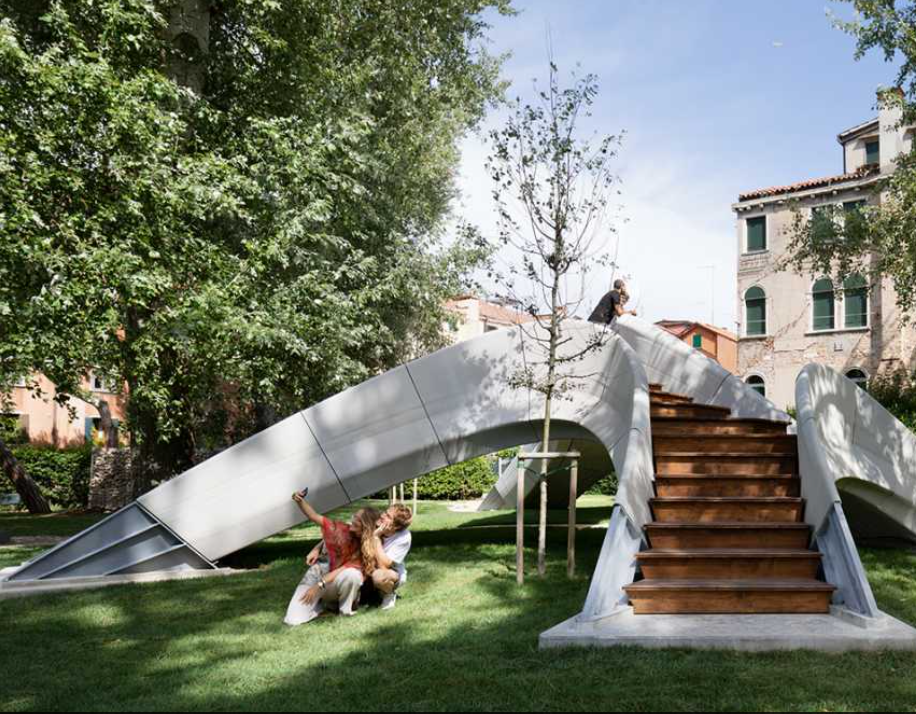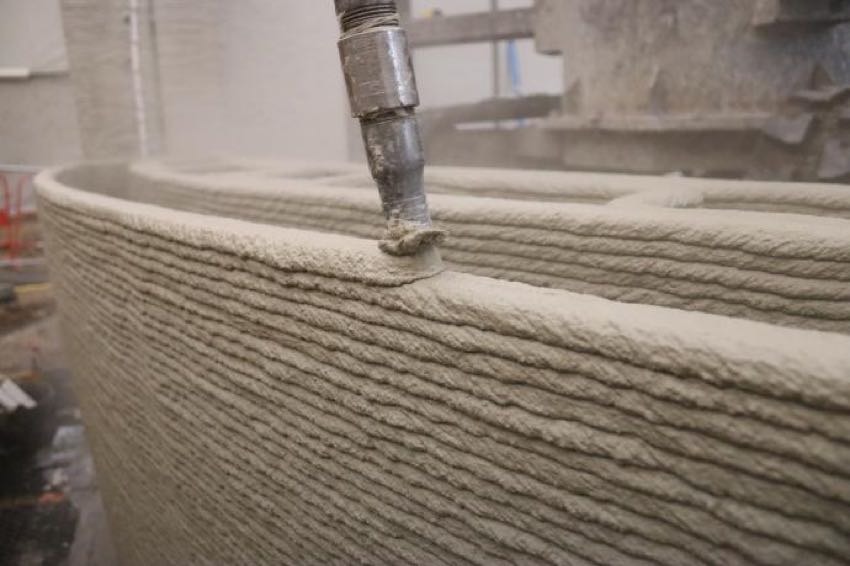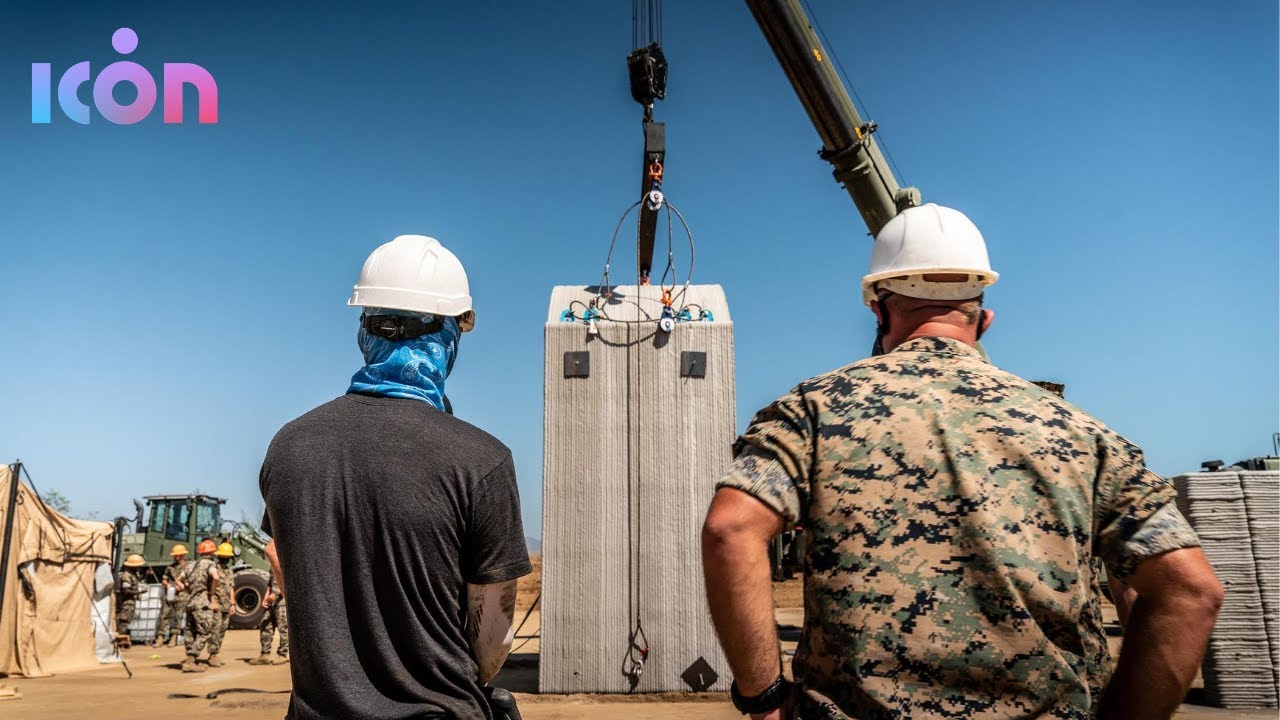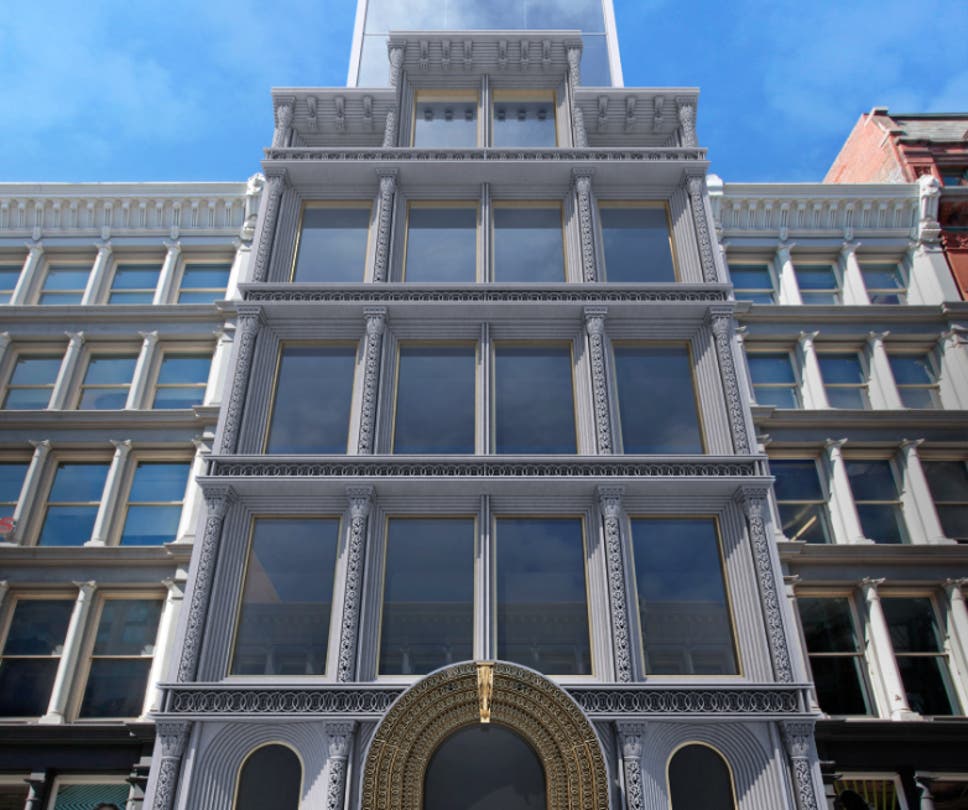ETH Zurich creates first 3D printed concrete bridge without reinforcement
Written by: Hayley Everett
Publish Date: July 21, 2021


Called “Striatus”, the structure was created in partnership with Zaha Hadid Architects, concrete 3D printing specialist Incremental3D and building materials firm Holcim, and is supposedly the first 3D printed unreinforced concrete bridge. Stable thanks only to its geometry, the bridge is formed from a newly developed concrete that is printed at specific angles in blocks that are self-supporting.
“The precise method of 3D concrete printing allows us to combine the principles of traditional vaulted construction with digital concrete fabrication to use material only where it is structurally necessary without producing waste,” said Philippe Block, ETH Professor.
ETH Zurich’s construction 3D printing projects
Researchers and engineers from ETH Zurich have been recently carrying out an array of construction projects using 3D printing technology.
In July 2020, they devised a novel “eggshell” concrete 3D printing process that fuses robotic large-scale FDM 3D printing with casting methods. The method enables the production of complex concrete structures in a more material-efficient way, using a thin, single-layered shell in the place of formwork.
Formwork is usually required to support 3D printed concrete as it transitions from a fluid material into a solid, which can be costly. The eggshell 3D printing process removes the need for formwork, and was used to create a 3D printed “future tree” for the courtyard of German engineering firm Basler & Hofmann.
ETH Zurich has also previously partnered with Zaha Hadid Architects to create a five-tonne 3D printed curved shell concrete pavilion and to digitally fabricate a three-storey house using 3D printers and robotic arms. Most recently, ETH Zurich architects announced a new project to build a 23-meter high tower made up of 3D printed columns which will become a cultural site in Switzerland.
The 3D printed unreinforced bridge
The reinforced concrete currently used to construct millions of buildings all over the world generates large amounts of CO2 emissions, particularly the steel used for reinforcement and the cement used in concrete. ETH Zurich’s latest project sought to build a load-bearing concrete structure that requires significantly less material and no steel reinforcement or mortar for stability.
Working with the other partners in the project, the ETH Zurich engineers built a 12 by 16 meter arched footbridge in a park in Venice using 3D printing. Striatus was constructed with 3D printed concrete blocks that form an arch similar to that of traditional masonry bridges. The structure is supported by compression, which allows the forces to travel to the footings of the bridge which are tied together on the ground, making the structure stable.
The 3D printable concrete used for the blocks was developed together with Incremental3D and Holcim, and instead of being applied horizontally like usual is extruded at specific angles so that they are orthogonal – at right angles – to the flow of compressive forces. This keeps the printed layers pressed together without the need for reinforcement or post-tensioning.
Made out of concrete blocks that are self-supporting, the bridge does not need mortar to hold together. This means that the blocks can be dismantled and reassembled again at different locations, and the materials can also be separated and recycled if the structure is no longer needed.
3D printing construction with concrete
Compared to conventional construction, concrete 3D printing yields substantial cost and lead time benefits, thus the technology is increasingly being used to build. Additionally, by recycling additive manufactured formwork such as that developed by BigRep and BASF subsidiary Forward AM, it’s estimated that construction firms could cut their related waste by up to 60%.
On the topic of sustainability, scientists based at the Swinburne University of Technology and Hebei University of Technology have turned construction waste into a sustainable new 3D printing material that could potentially be used within heavy-duty construction applications.
Further research into 3D printable construction materials has also been carried out by researchers from RMIT University in Australia, who made 3D printed concrete structures stronger by drawing inspiration from lobster shell patterns. Meanwhile, researchers from UC Berkeley have been incorporating 3D printed polymer octet lattices into concrete structures where the polymer acts as a reinforcement.
3D printing technology is also being deployed for several commercial construction projects, such as that by the PERI Group, which involves 3D printing a three-floor apartment in Germany, and an additive manufactured home recently listed by ICON on the Austin housing market. A 3D printed concrete bookstore in Shanghai’s Wisdom Bay Innovation Park has also opened to the public, the latest in a string of structures built at the park via additive manufacturing.
About the Author
This article is written by Hayley Everett
Read the original post here.


